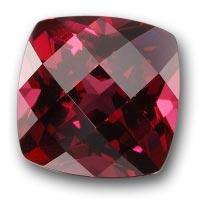
January: Garnet
Garnets have always been prized for their rich color and brilliance. The deep red that gives garnets their name is the most commonly occurring color. But these versatile gemstones come in a rainbow of colors, ranging from deep red to vibrant green with orange, golden, brown, pink, lavender, and purple in between. Some varieties include the following: Spessartite, bright orange from the Kunene River in Africa; Rhodolite, rose-red or pale violet; Tsavorite, brilliant green from Kenya and Tanzania. Garnet is the traditional birthstone for January, which is great news if you love variety. Garnets appeal generally because of their natural and not manipulated beauty, their wide variety of colors, and their magnificent brilliance. Garnets come mainly from African countries and many other locations.

February: Amethyst
This regal gemstone has been popular for thousands of years. Fine amethysts are featured in the British Crown Jewels and were also a favorite of Catherine the Great and Egyptian royalty. Amethyst is transparent purple quartz, and it is the most important quartz variety used in jewelry.

March: Aquamarine
Aquamarine, like emerald, is a member of the beryl group. The name “Aquamarine” is derived from the Latin word for “seawater” (aqua ‘water’ and mare ‘sea’). Aquamarines are found in a delightful range of shades, from the palest summer sky blue to a sparkling sea green or a deep ocean blue. The crystals of the aquamarine gemstone occur in the pegmatite veins deep inside metamorphic rocks. The mining process performed to acquire the rough is very intricate. The most important aquamarine deposits are in Brazil. Aquamarine is also mined in a number of exotic places including Nigeria, Madagascar, Zambia, Pakistan, and Mozambique.
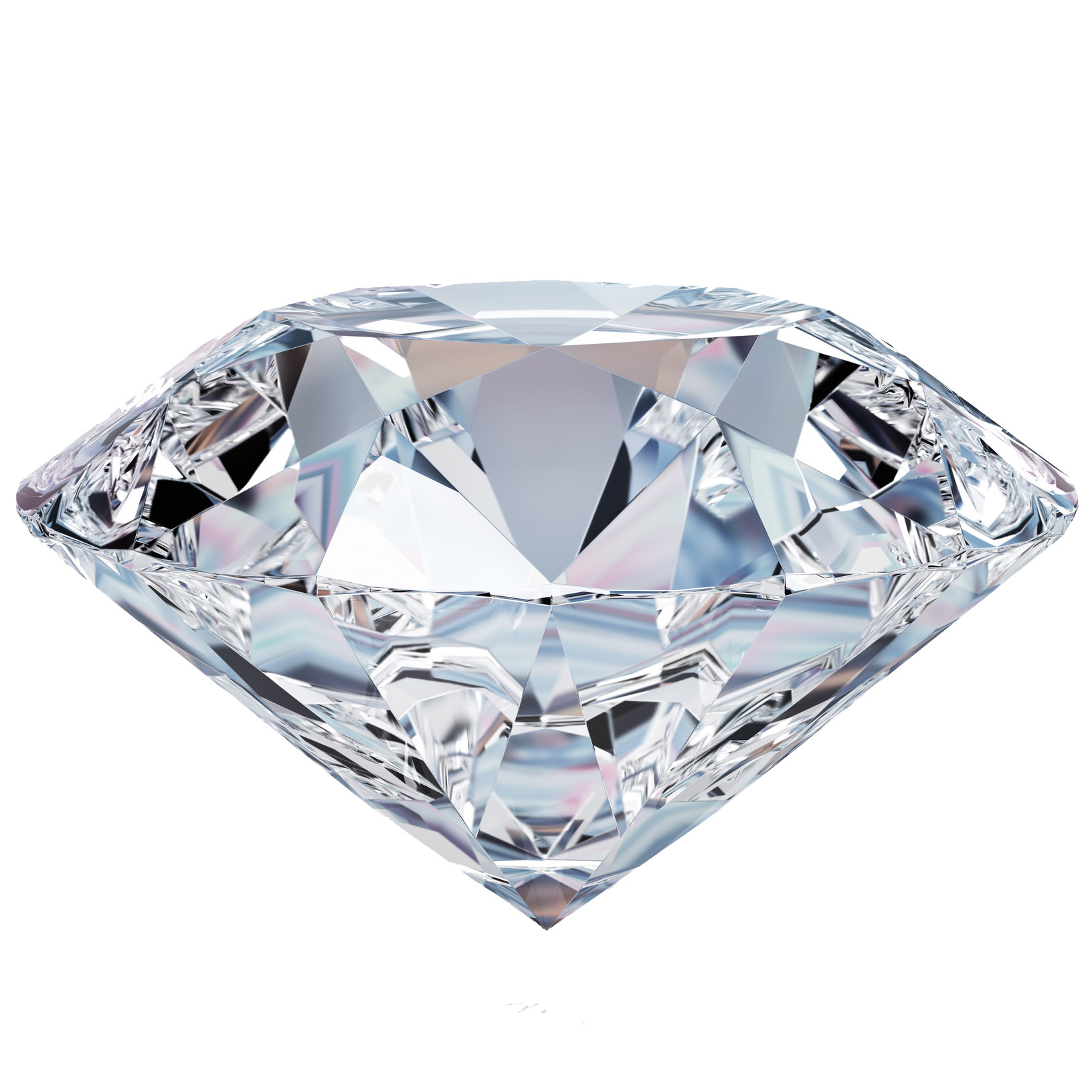
April: Diamond
It should come as no surprise that our culture was not the first to be lured by the hypnotic spell the diamond casts. Consider the ancient Greeks and Romans who believed diamonds were tears of the Gods and splinters from falling stars. Then, there were the Hindus, who attributed so much power to these precious stones, they went so far as to place diamonds in the eyes of some of their statues. Today, diamonds continue to hold a deep fascination as the world’s ultimate symbol of love and status. The diamond’s rarity and natural beauty have contributed to making it such an extraordinary and magical gem, paramount in the minds of most.

May: Emerald
Emeralds are a variety of the mineral beryl and are the most beautiful, intense, and radiant color green. For centuries Emerald has represented beauty and constant love. In ancient Rome, green was the color of Venus, the goddess of beauty and love. Emeralds very often include inclusions. These inclusions are tolerated and do not by any means diminish the high regard in which Emeralds are held. On the contrary: even with inclusions, an emerald in a deep, lively green, still has a much higher value than an almost flawless emerald whose color is paler. Affectionately—and rather poetically—the specialists call the numerous crystal inclusions, cracks, or fissures, which are typical of this gemstone, “jardin” (garden). In top quality, fine emeralds are even more valuable than diamonds and certainly have more character. The principal Emerald deposits are currently mined in Colombia, Brazil, and Zambia.

June: Alexandrite
The gemstone was named after Czar Alexander II as a birthday gift for him as the first gemstone was found on his birthday in 1830. When Alexandrite is illuminated by sunlight, its color is green. Under candlelight and incandescent light, the stone appears red. Fine Alexandrite is a rich purple-red in incandescent lighting and a rich bluish-green with daylight. The rarest of all birthstones, Alexandrite is acceptable in clarity grades that would not be acceptable in other gems. It is considered one of the world’s most valuable gemstones. Even more rare and valuable is the cat’s eye Alexandrite, the variety of Chatoyancy and color change phenomena. Alexandrite is a gem variety of the mineral Chrysoberyl. And Chrysoberyl dominates the phenomenal stone category, because not only is Alexandrite the most spectacular color change gem, cat’s eye Chrysoberyl has the most dramatic eye.
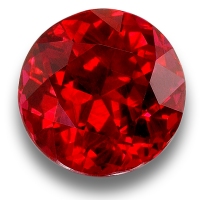
July: Ruby
Ruby was celebrated in the Bible and in ancient Sanskrit writings as the most precious of all gemstones. Because of their wonderful color, excellent hardness, and overwhelming brilliance, rubies deserve this designation. Plus, ruby is an extremely rare gemstone, especially in finer qualities and larger sizes. In the Sanskrit language, Ruby is called “ratnaraj”, which translates as “King of Gemstones.” Rubies were so highly regarded in ancient India that whenever a spectacular Ruby crystal was found, the emperor sent out members of his court to meet the precious gemstone and welcome it in appropriate style. Today Burma is the primary source for Rubies.
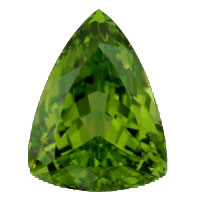
August: Peridot
Peridot is a gemstone born in fire. It is found in rocks created by volcanoes, and there are even some cut Peridots that came out of a meteorite that fell in Siberia in 1749. Because of its association with volcanic rock formations, Hawaiian legend claims that Peridots are the tears of Pele, goddess of the volcano. Peridot has been mined in Egypt on an island in the Red Sea for over 3,500 years. The Romans called Peridot “evening emerald,” since its green color did not darken at night but was still visible by lamplight. In the Middle Ages, it was often used in churches and religious ceremonies. The gem form of the mineral olivine, Peridot is found only in various shades of green. It is the birthstone of August and is also the suggested gemstone gift for a sixteenth wedding anniversary. The finest Peridot is mined in Burma, Pakistan, and Arizona.
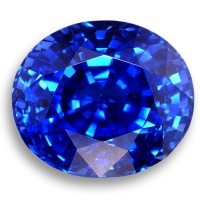
September: Sapphire
Blue Sapphires have been treasured for thousands of years for their blue-sky color, transparency, and hardness. In fact, sapphire is second only to diamond on the hardness scale. The oldest gem in the British Crown Jewel collection is a sapphire. Blue sapphire is strongly associated with emotions such as sympathy, harmony, friendship, loyalty, and unshakeable trust. Sapphire blue has become a color related to anything permanent and reliable, and this is one of the reasons why women in many countries choose Sapphire for their engagement rings. It is only within the last 200 years that science has recognized sapphire as a gem form of the mineral corundum. Previously to this discovery, only the blue varieties of corundum were called sapphires. But now sapphires are recognized in all their incredible colors: green, pink, yellow, and light red—even orange and purple.
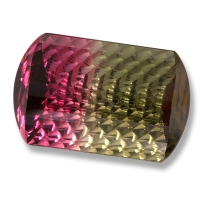
October: Tourmaline
Tourmalines come in a unique array of spectacular colors. According to an ancient Egyptian legend, this was because on the long journey from the earth’s heart up towards the sun, Tourmaline traveled along a rainbow. And on its way it collected all the colors of the rainbow. Tourmaline had been known for thousands of years in the Mediterranean area, but the Dutch began importing it from Sri Lanka to Europe in the early 1700’s. The Sri Lankans called the stones “turamali,” which means “more colors”. Vivid reds, pinks, greens, blues, and yellows are all found in the tourmaline family and, more often than not, each stone combines different shades of the same color—even multiple colors. This makes every tourmaline a unique individual; no two are exactly alike. So if you prize beauty and originality, tourmaline should be in your collection.
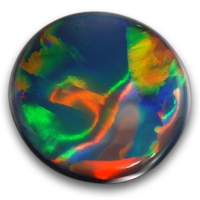
Opal
Opal has ignited our imaginations for thousands of years with flashes of fire, light, and radiant color, all shifting and moving in the depths of this beautiful stone. Opal has been called “the queen of gems” because it embodies the color of all the other gems. Pliny the Elder (AD23-79) wrote that opal “has an unbelievable mixture of colors.” He praised it as the ultimate in gemstones, due to its mysterious and iridescent qualities. Shakespeare used an Opal in one of his plays to draw a parallel between Opal’s changing colors and the ever-changing moods of a woman. Napoleon gave Josephine a beautiful opal with brilliant red flashes called “The burning of Troy.” Opal is one of the few gemstones that are sedimentary in origin. Silica deposits at the bottom of shallow inland seas 30 million years ago became the opals we treasure today. Each opal still retains a link to its watery origins; these stones are made up of 6% to 10% water.
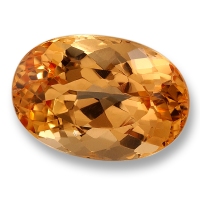
November: Topaz
Topaz is reminiscent of the fiery gold of sunset, the orange-peach glow of later afternoon and the pink of dawn’s first light. The Egyptians said that topaz was colored with the golden light of the mighty sun god Ra. This made topaz a very powerful amulet that protected the faithful against harm. The Romans associated topaz with Jupiter, who also is the god of the sun. The ancient Greeks believed topaz had the power to increase strength and make its wearer invisible in times of emergency. Topaz was also said to change color in the presence of poisoned food or drink. Its mystical curative powers waxed and waned with the phases of the moon, and it was said to cure insomnia and asthma. Some of the first topaz discoveries from Brazil had colors ranging from rich reddish cognac colors to vivid pinks. These gems were used to grace the jewelry of 18th and 19th Century Russian Czarinas. This earned them the name “Imperial Topaz”.
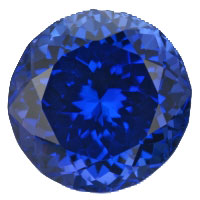
December: Tanzanite
Tanzanite is a very rare and extraordinary gemstone. Tanzanite was first discovered in 1967 by the Maasai. The only known source of Tanzanite is a five square mile hilltop at Merelani, ten miles south of Kilimanjaro in Tanzania where the chief deposit is almost exhausted. Tanzanite’s deep violet blue is one of the most extravagant, mysterious colors available in any gemstone. Tanzanite has created a lot of excitement in the specialist world and is very much a collector’s item. It symbolizes immaculate but unusual elegance. Anyone who purchases this unique gemstone wants to be apart from the masses, and wearing it communicates self-confidence and individuality.
